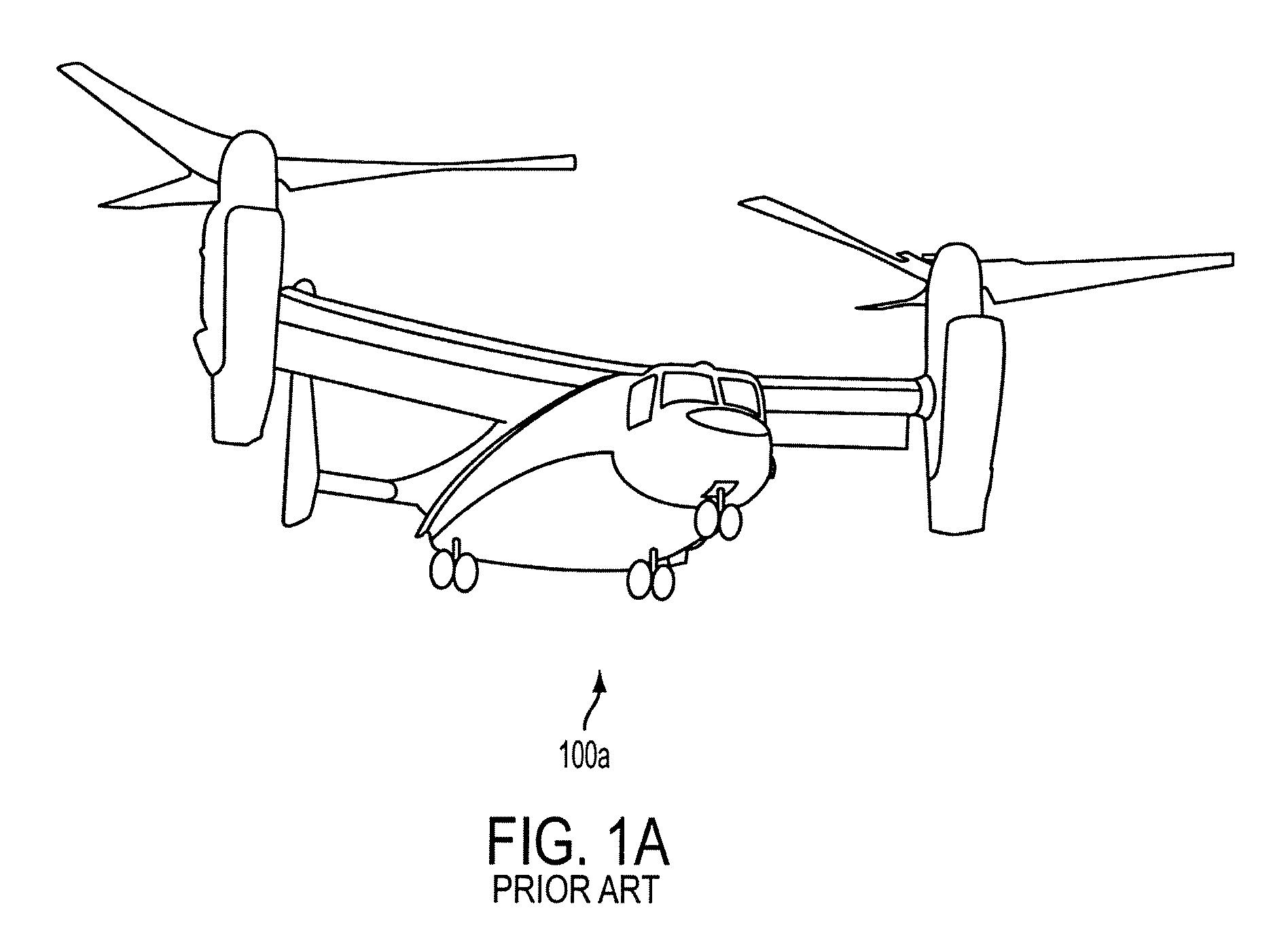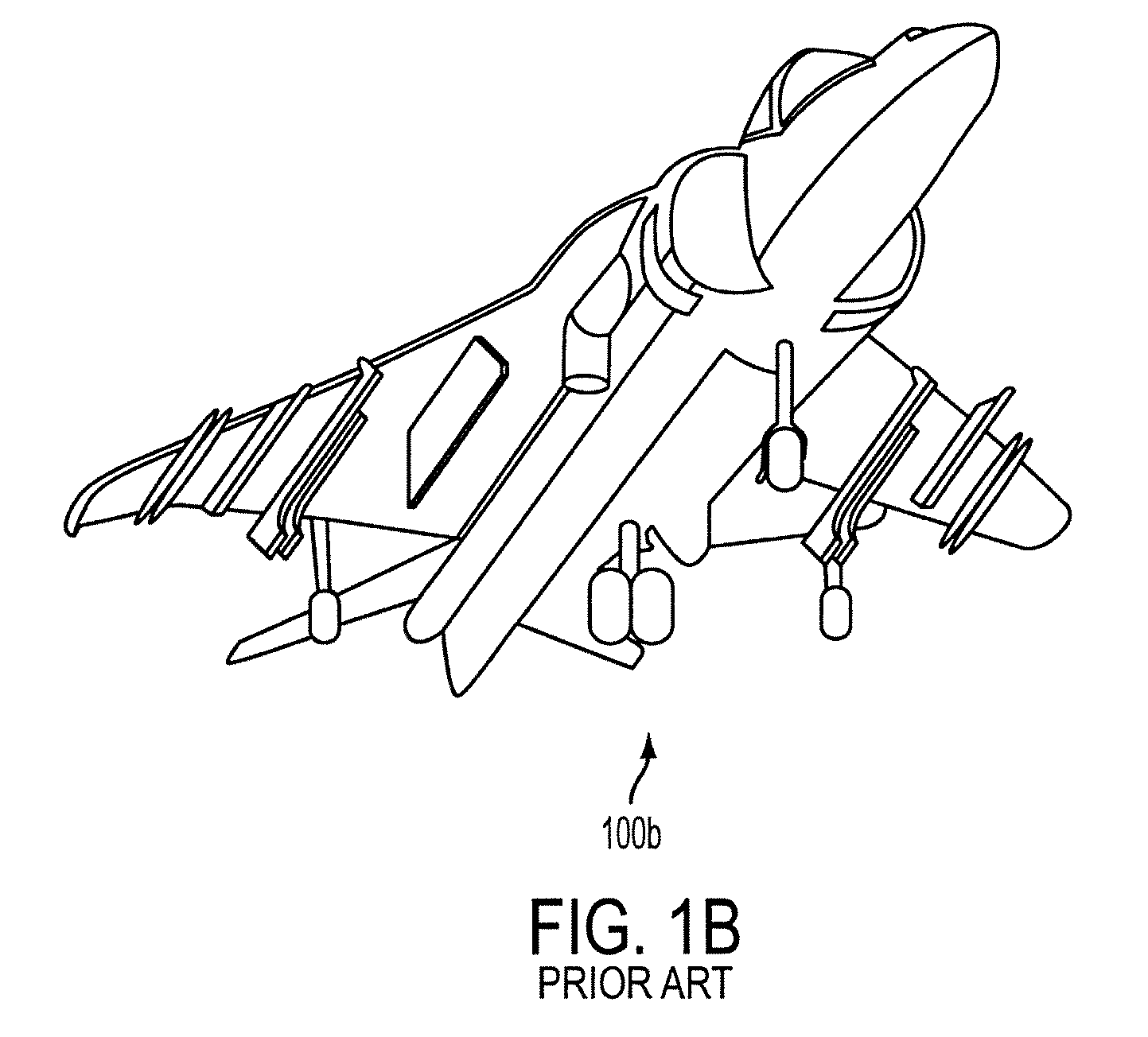System and method for utilizing stored electrical energy for VTOL aircraft thrust enhancement and attitude control
a technology of stored electrical energy and thrust enhancement, applied in the direction of vertical landing/take-off aircraft, aircraft navigation control, transportation and packaging, etc., can solve the problems of low efficiency, low efficiency, and low observability of aircraft, so as to maximize engine efficiency and performance capability
- Summary
- Abstract
- Description
- Claims
- Application Information
AI Technical Summary
Benefits of technology
Problems solved by technology
Method used
Image
Examples
Embodiment Construction
[0060]Several embodiments of the present invention will now be described in detail with reference to the annexed drawings. In the drawings, the same or similar elements are denoted by the same reference numerals even though they are depicted in different drawings.
[0061]Normal short take-off and landing / vertical take-off and landing aircraft (STOL / VTOL A / C) require large amounts of thrust or power from the engines for take-off and landing. This means that the engines are much larger and heavier than needed for cruise flight, and they are also operating at low throttle settings for most of the flight. On a gas turbine engine, this low throttle setting results in higher specific fuel consumption than a normal aircraft would have.
[0062]The present invention provides a means of efficiently obtaining the high thrust for takeoff and landing while retaining a smaller, lighter and more fuel efficient main engine. Accordingly, a STOL / VTOL A / C according to an embodiment of the present inventio...
PUM
 Login to View More
Login to View More Abstract
Description
Claims
Application Information
 Login to View More
Login to View More - R&D
- Intellectual Property
- Life Sciences
- Materials
- Tech Scout
- Unparalleled Data Quality
- Higher Quality Content
- 60% Fewer Hallucinations
Browse by: Latest US Patents, China's latest patents, Technical Efficacy Thesaurus, Application Domain, Technology Topic, Popular Technical Reports.
© 2025 PatSnap. All rights reserved.Legal|Privacy policy|Modern Slavery Act Transparency Statement|Sitemap|About US| Contact US: help@patsnap.com



